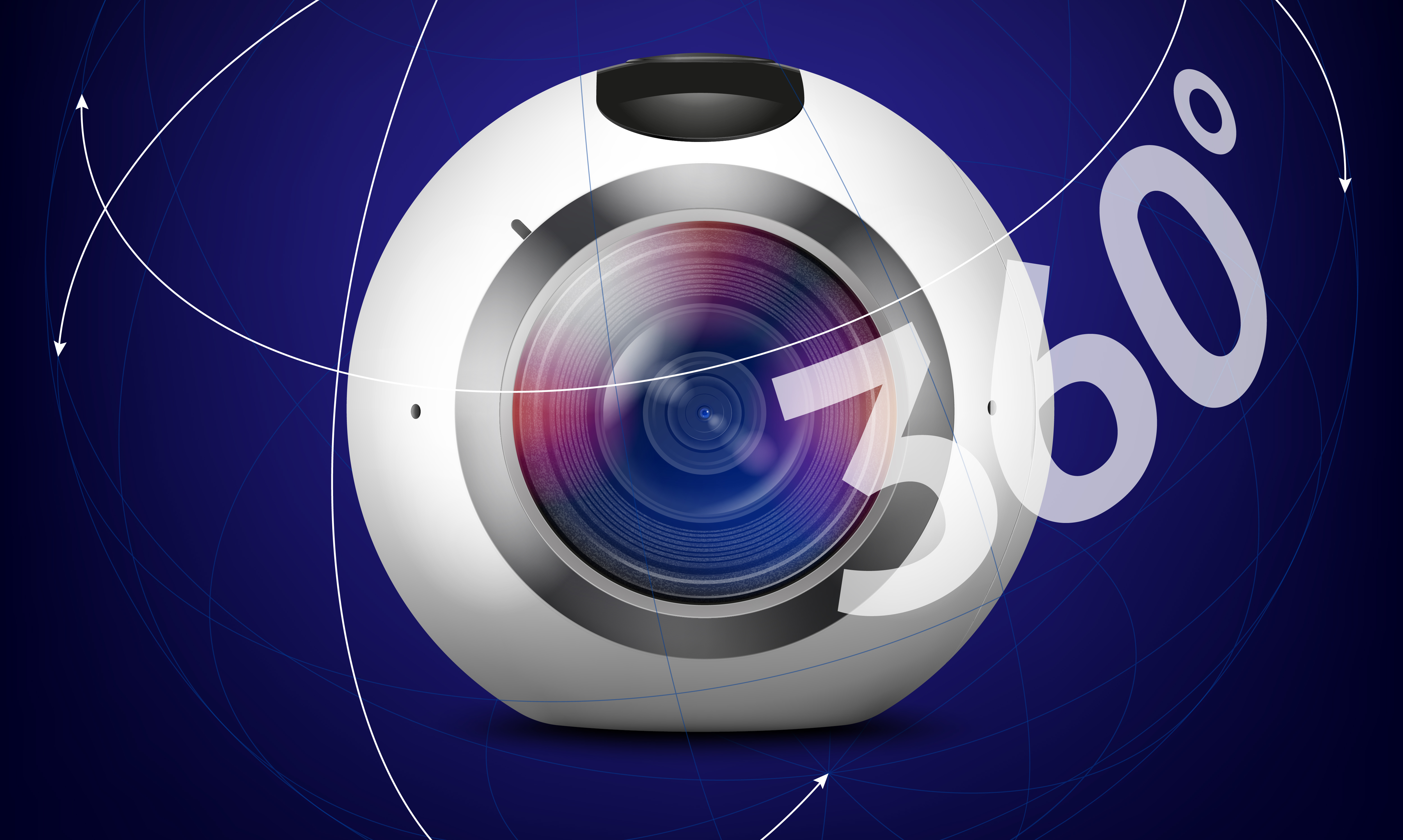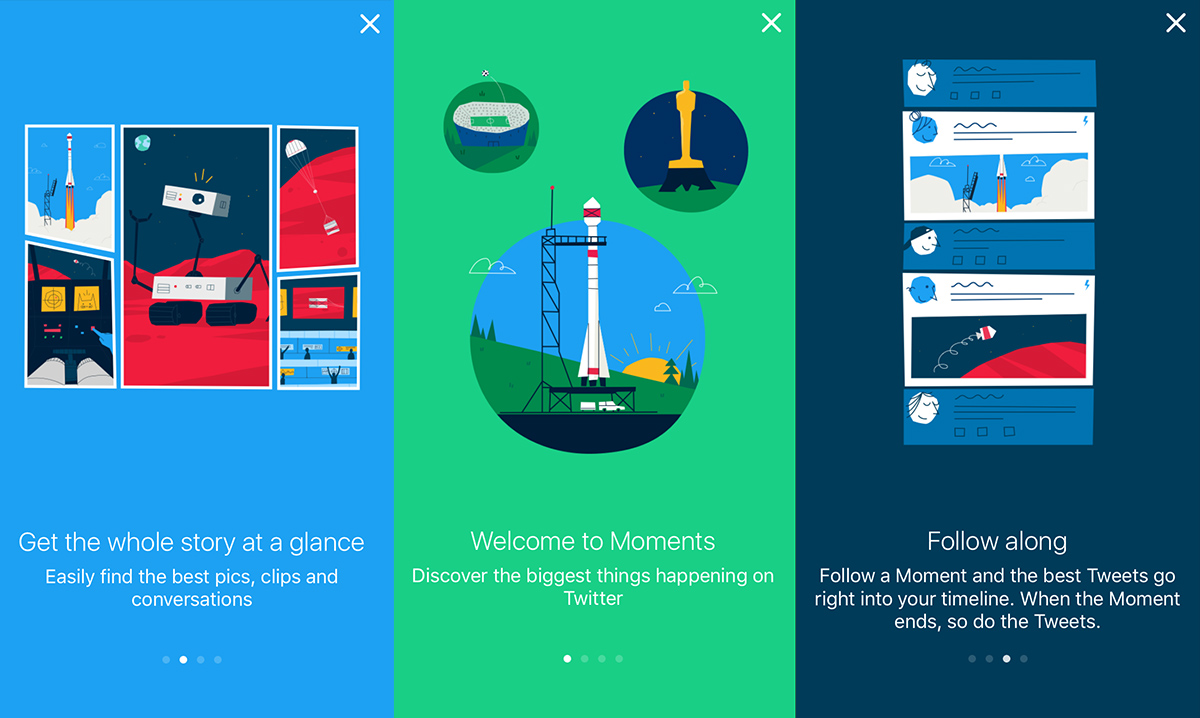What Happened
Teads, an online ad marketplace that handles the video ads on sites such as Mashable, The Guardian, and Forbes, has added support for 360-degree video to its inRead toolkit for advertisers. This addition allows brands to buy this immersive video format on those popular news sites to reach a wider online audience with 360-degree content.
What Brands Need To Do
As popular platforms such as Facebook and YouTube have started to support 360-degree video content, the vieo format is gaining momentum among mainstream consumers. But compared to regular video content, 360-degree videos are not as easy to produce, and the ad network infrastructure for 360-degree video is still in its infancy. Therefore, early adopting brands should consider giving Teads a try to amplify the reach of their existing branded 360-video content. For other brands, we suggest working with content creators to build up a library of branded VR content to engage with their audience.
Source: The Drum





